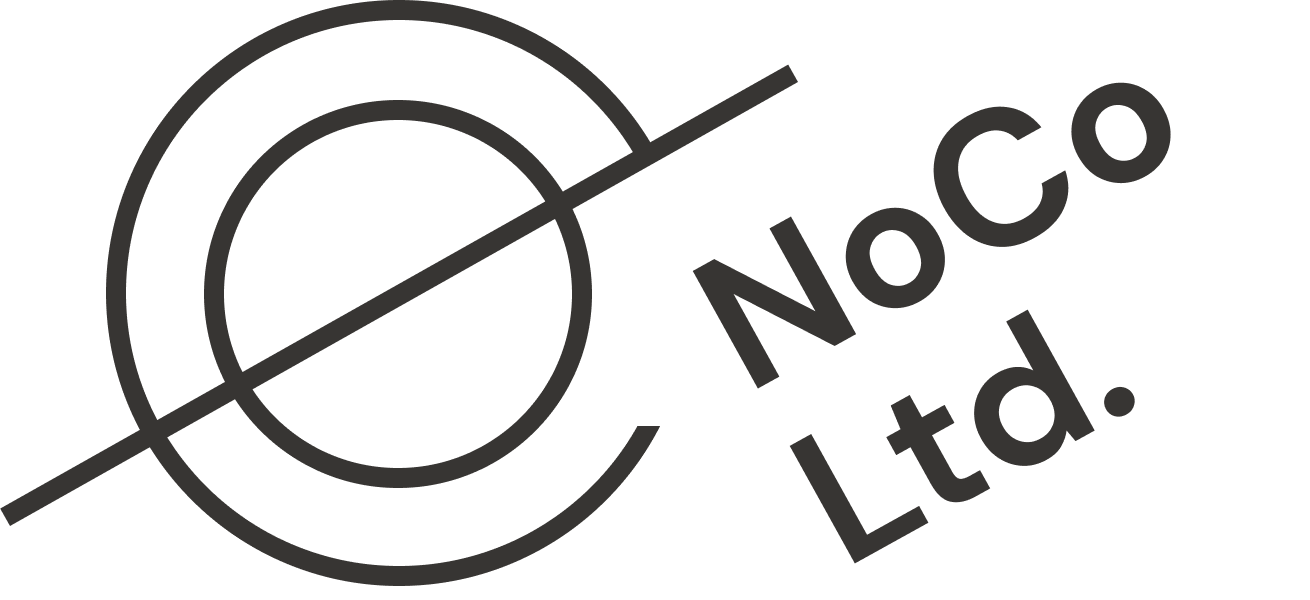Every Heist Needs an Acrobat
A Designer's take on why Producers are integral to success.
A while back, I got a newsletter that used XOXO as a case study in successful experience design and planning. It was meant as an object lesson in creating frameworks for participation. I love XOXO, and I love the Andys. What I didn’t love is that the case study erased the Producer who innovated much of the infrastructure described. The Andys themselves have made it a point to give her the credit she’s due, and rightly so. Rachel is one of the most strategic, creative, and innovative Producers out there—and I know because I worked with her on a different poster child for participatory frameworks over a decade: Design Portland.
Rachel and I had an interesting conversation after the newsletter went out. She said, “I think a lot of this comes from the value that people place on Creative as unique and that Producers are replaceable. As if anyone could have produced that thing the way they produced it but the Creative, no way. Had to be that person.”
This is the precise fallacy that needs to be corrected in the industry. XOXO would have been completely different with a different Producer driving the buildout. Rachel evolved the event design, the thoughtful flow, the services, the details of the user journey that made it feel the way it did. She was integral. When Producers are seen as interchangeable, it reflects leaders who don’t know how to leverage the impactful expertise of Producers.
But it’s also a reflection of industry bias. Over the years, Amie submitted awards entries for her team that explicitly forbade listing Producers in the project credits. There’s probably no better reflection of structural censure for an entire discipline than that. Quick reminder: in Hollywood, Executive Producers and Showrunners win the biggest prizes at awards shows (yes, it’s the money, but also, they are understood to be those who make the creative work happen).
The importance of the Production discipline has always been obvious to me because my entire experience as a Designer was spent in studios that understood its value. My sense of normalcy was set at digital agencies where Producers were intimately connected to all aspects of account, project, team, and business. The Producers I worked with had a deep understanding of the design process, technical requirements, stakeholder management, business intelligence, and countless other moving parts. They enabled the work, unlocked pathways to progress on the client side, resourced the team, and built the business. They could spin all the plates in ways that facilitated the entire enterprise.
I really thought this was how all creative agencies operated. Imagine my surprise when I discovered that many agencies treat Producers as an add-on whose primary task is to live in the calendar. When Amie and I started consulting, we saw some pretty shocking things. Project Managers reporting to COOs. Account and Project Management as totally separate functions. Lack of Producers’ involvement in scoping. No training for Producers about how to build accounts. Lack of involvement with the creative and technical delivery teams on strategic matters. We witnessed a grab bag of dysfunctions that I had never experienced personally.
That’s why we set out to do a Producer Landscape Study. We had anecdotes and experiences, but it was hard to find industry data about Producers. Designers have AIGA studies and conferences and college programs and professional development and public career ladders. Producers? There is no water cooler, so to speak. Conferences and professional development are weirdly niche. Associations and studies are very specific to sub-practices and/or a certification, such as Agile or PMP.
As we started sharing our survey, the response was incredible. Producers were feeling seen for the first time. We got a huge response from our grassroots effort to get the word out. In all of this, we also heard from allies across other disciplines who were supportive. But that’s when something weird became apparent: A lot of allies also have no idea how valuable this discipline is and how potent the role can be. We had one very high profile Designer gush to us about the value of Producers and then share example after example of how great Producers are at… helping with calendaring. It’s not his fault, though. He’s never worked in a place where Producers had power. He’s never seen the full breadth of what Producers can do.
It’s one thing to have data. We have that now. It’s another thing to see change. What I really wish my fellow Designers, other cross-disciplinary allies, and (especially) business leaders would understand is what the experience of working in a Producer-empowered model really looks and feels like. You know it when you’ve lived it—and once you’ve experienced it, there is no going back. The Producer Model was one of the critical variables that contributed to the stratospheric growth and eventual acquisition of the agency where Amie and I were executive leaders. It was also a linchpin that made the agency where I worked before that a resilient and sustainable business at a steady scale. In both cases, the role of the Producers was part and parcel of not only business outcomes, but also of creative and innovation outcomes.
Rachel was right: this is what many people outside the Production discipline don’t seem to get. You can’t just swap parts on Production and get the same outcome—just as you can’t swap in a different Designer and get the same design. Producers are integral to the specific achievements of projects and businesses. In the Ocean’s Eleven team-forming montage, the acrobat is just as important as the explosives engineer. Without the equal empowerment of and investment in all experts, your heist just won’t work.
Producers are the spark that ignite the work and keep the business fire burning.

